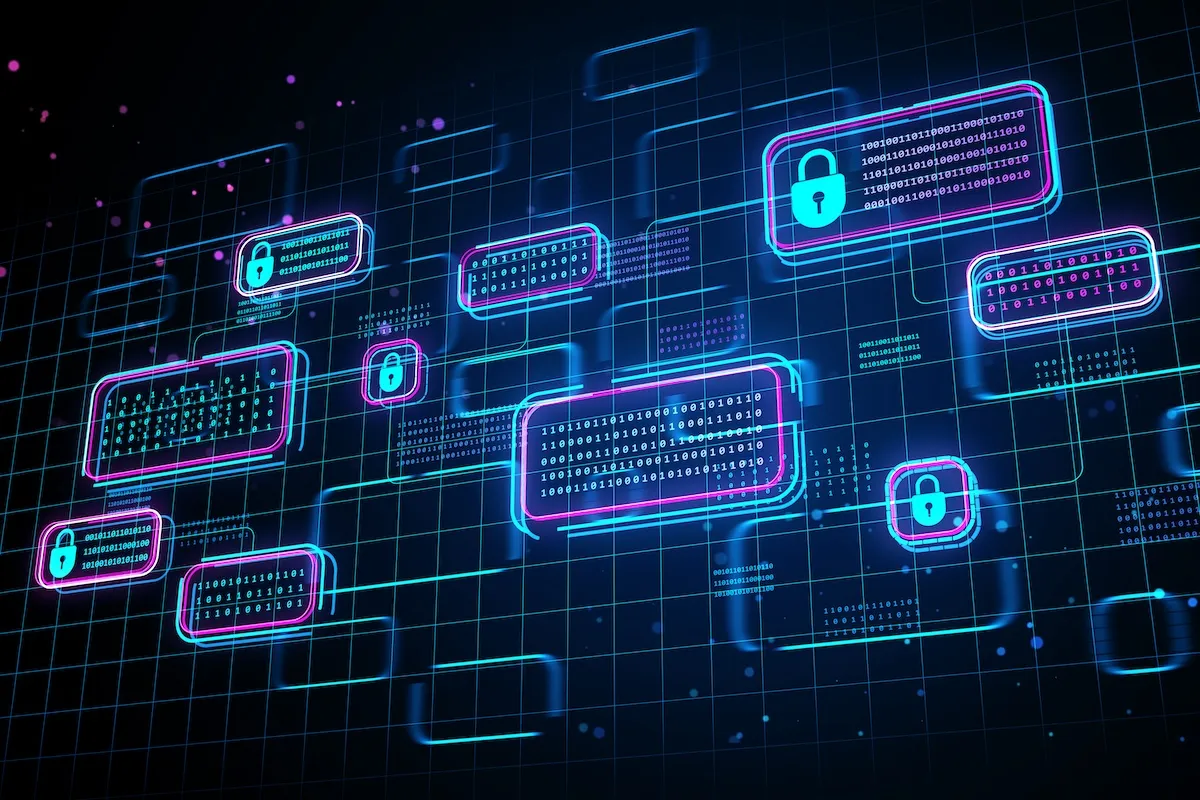Industries such as energy, manufacturing, and water treatment have undergone significant transformation over the last two decades, embracing networked sensors, remote operations, and advanced analytics to boost efficiency. While this convergence of information technology (IT) and operational technology (OT) delivers tangible benefits, it also exposes industrial control systems (ICS) to a broader range of cyber threats. Attackers now see these once-isolated environments as attractive targets: a single breach at a power plant or pipeline facility can yield major disruption, ransom payments, or even geopolitical leverage. In response, engineers, policymakers, and cybersecurity professionals are reassessing how to protect critical infrastructures that underpin everyday life.
ICS environments have historically relied on air-gapped networks, believing physical separation from the internet would suffice to keep intruders at bay. Yet real-world pressures have prompted more interconnectivity. Remote monitoring tools save on travel costs by letting technicians diagnose issues from afar, and data analytics systems require integration with corporate networks to fine-tune performance. These pathways often serve as hidden entry points for attackers if not carefully regulated. Compromised credentials, rogue USB drives, or malicious updates can subvert an operator’s console. Meanwhile, older ICS components may run on proprietary protocols or outdated operating systems, lacking fundamental security features such as encryption or secure authentication mechanisms.
A significant challenge lies in balancing reliability with needed security updates. Industrial sites often run equipment designed for decades-long lifespans, with minimal downtime tolerated. Patching or upgrading control logic can be painstaking, especially if it risks halting production lines or compromising safety. Attackers exploit such constraints, focusing on vulnerabilities that remain unpatched or overlooked. In one high-profile example, the Stuxnet worm targeted a specific brand of programmable logic controllers (PLCs), modifying operational parameters in ways that were invisible to standard monitoring. This incident underscored that ICS threats can be extremely precise and carefully engineered, not just random malware infections.
In recent years, organizations have turned to segmentation and zero trust principles for ICS defense. Network segmentation involves dividing systems into discrete zones—production lines, administrative segments, external services—each with strictly controlled access rules. If attackers breach one segment, they face additional barriers to move deeper into critical operations. Zero trust broadens this concept, dictating that no user, device, or process is inherently trusted, even within an industrial plant’s perimeter. Each request for data or functionality is assessed for risk, employing continuous authentication, user behavior analytics, and policy checks. While these frameworks demand careful design and maintenance, they significantly shrink the accessible “attack surface” inside a facility.
Regulators and governments have also recognized the stakes, pushing out guidelines and mandatory frameworks. In the United States, organizations look to standards from the National Institute of Standards and Technology (NIST), while the International Society of Automation (ISA) produces detailed specifications for ICS security. Sectors such as electricity, water, and transportation fall under critical infrastructure laws that require risk assessments, incident reporting, and minimum cybersecurity practices. These regulations often come with tight deadlines, forcing ICS operators to move faster than usual on modernization. Although some administrators bristle at outside mandates, these guidelines have generally accelerated investment in protective technologies, from intrusion detection systems to robust data backups.
A prominent aspect of ICS security strategy is continuous monitoring. Modern plants install sensors and logs capturing everything from CPU usage on PLCs to traffic flows across industrial protocols like Modbus or DNP3. Specialized solutions, sometimes referred to as industrial intrusion detection systems (I-IDS), analyze these streams for anomalies, such as a sudden change in a valve setting or an unexpected spike in network communications. Because ICS networks typically exhibit stable, predictable patterns, even subtle deviations can raise red flags. However, false positives remain a risk: normal reconfigurations or maintenance actions could look malicious if the system lacks context. Consequently, analysts must calibrate thresholds carefully and maintain close collaboration between OT engineers and IT security teams.
One emerging frontier involves digital twins—virtual replicas of physical processes that simulate real-world conditions. Operators can use these twins to model how a proposed update or configuration change might affect production before rolling it out. For security, such simulations help test patches, firewall rules, and new intrusion detection policies in a sandbox without risking live operations. Likewise, threat hunters can replicate known malware behaviors in the digital twin to see if the ICS environment would be resilient under real attack. While digital twins demand significant computational resources and accurate data modeling, they offer a safer method to experiment and refine security measures for critical infrastructures.
Supply chain integrity poses another significant worry. Components for ICS often pass through multiple vendors, shipping routes, and integrators before arriving on-site. A single counterfeit or maliciously modified device can introduce hidden backdoors or cause erratic behavior months after deployment. Verifying the authenticity and integrity of each PLC, sensor, or networking device at scale is complex, especially with global manufacturing. Some facilities implement secure enclaves for final testing, scanning firmware for anomalies or requiring cryptographic signatures. Others perform random checks or rely on a trusted list of suppliers who adhere to robust security standards. These efforts, while time-consuming, can drastically reduce the likelihood that an adversary subverts the system before it is ever deployed.
Human factors also loom large. ICS environments often rely on specialized engineers whose main priority is safety and operational continuity, not necessarily cybersecurity. If they see security controls as a barrier—delaying critical adjustments or patch rollouts—tensions can arise. Effective governance unites these priorities, explaining how an attack could endanger safety as much as any mechanical fault. Building a culture where everyone from the plant floor to the executive suite recognizes cyber threats as a genuine operational risk is vital. Training sessions should address realistic scenarios, demonstrating how a single phishing email or lax password can grant adversaries the power to alter setpoints and cause physical harm.
Looking ahead, the future of ICS security will likely involve deeper integration of artificial intelligence for both defense and threat hunting. AI-driven anomaly detection can spot suspicious changes in sensor data or control commands more quickly than manual oversight. Meanwhile, adversaries might deploy machine learning to develop stealthier attacks, weaving malicious instructions into normal ICS traffic. The continuing shift to remote operations and cloud-managed industrial systems only heightens the need for agility and real-time situational awareness. Many experts envision a more collaborative ecosystem where ICS operators, government bodies, and security vendors share intelligence about emerging threats, zero-day vulnerabilities, and best practices. By pooling knowledge, they can keep pace with adversaries who constantly refine their methods.
Despite these emerging tools and strategies, the road to robust ICS security is a continuous journey. Plants that have run for decades on minimal connectivity won’t switch to advanced real-time monitoring overnight. Even new facilities, built with modern protocols, must ensure each vendor abides by consistent security guidelines. Ultimately, success comes from a layered approach that embraces the fundamentals: segmentation, regular patching (where feasible), continuous monitoring, and well-trained staff. With critical infrastructure at stake and attackers ever more sophisticated, complacency is the biggest risk. By advancing ICS security steadily, forging partnerships across the industry, and staying alert to the dynamic threat landscape, organizations can protect essential services that billions of people rely on every day.


